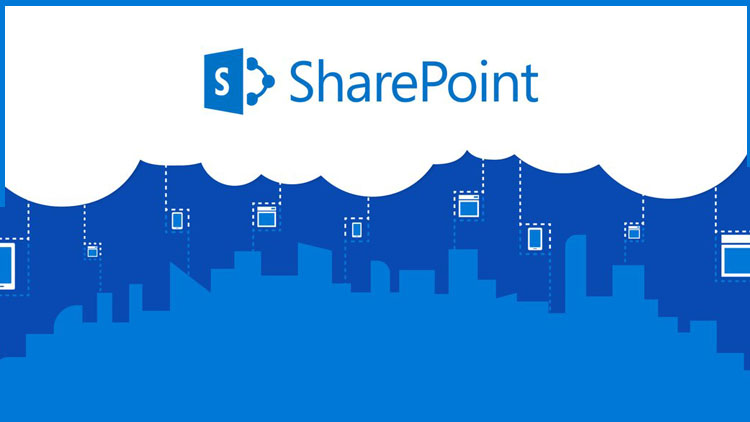All of us are aware that Pega is one of the best low-code platforms. Well, when it gets integrated with SharePoint components, you can perform the various tasks on your Sharepoint platform. Also, this enables you to perform various actions on your SharePoint entities. Well, this can be done directly from the application. Using SPO can benefit in various ways such as you can create team sites and portals to share with the other users.
Here in this article, we are going to discuss the process of connecting SharePoint to Pega. So if you are interested in growing your career in this field, you can enroll in the SharePoint Course. As we know Pega is a powerful low-code platform that enables smooth integration with SharePoint.So let’s discuss the step-by-step process of Connect to SharePoint in Pega:
Steps to Connect to SharePoint in Pega:
Here we have discussed the step-by-step process of connecting SharePoint in Pega. This will help you decide to enroll in the SharePoint Course. So, let’s begin understanding them in a detailed way:
- Install the Integration Component
- Configure the SharePoint Connection
- Create Data Pages and Data Transforms
- Implement Pega Flows and Activities
- Additional Considerations
● Install the Integration Component:
First of all, you need to download the latest SharePoint Integration Component from the Pega marketplace. After downloading it, you can upload it to your Pega application and activate it. Well, this component provides the necessary tools and functionalities to interact with SharePoint.
● Configure the SharePoint Connection:
The second step is to create a connect-REST rule to interact with SharePoint’s REST API. Well, you can define request and response mapping to align data structures between Pega and SharePoint. Configure authentication mechanisms like OAuth or Client ID/Secret to secure the connection. Specify the correct SharePoint endpoint URL, including the site URL and API version.
● Create Data Pages and Data Transforms:
Don’t forget to specify data pages for storing configuration information like SharePoint site URL, list names, and authentication credentials. Well, you can also develop data transformations to match data between Pega and SharePoint. This may ensure smooth data flow and facing any required data conversions.
● Create Pega Flows and Activities:
If it is possible, you can develop Pega flows that can support managing interactions with SharePoint. Apart from this, you should utilize activities such as Connect-REST to perform REST API requests for creating, updating, or deleting items in SharePoint, or to get data from SharePoint lists. You can also use Data-Page activities to gather configuration information, Use Assign activities to set values for variables and properties and apply Decision activities to make conditional choices based on data or various factors.
● Further Considerations:
You may establish strong error-handling systems that can effectively manage exceptions and deliver clear error notifications. Well, it is necessary to improve the performance by reducing network requests and effectively handling data. For this, you can follow security best practices to protect sensitive information. This includes implementing secure authentication techniques and encrypting data while it is being transmitted. Perform comprehensive testing of the integration to confirm its expected functionality, and employ Pega’s debugging tools to detect and fix any problems.
Apart from this, Pega is a leader in cloud software that helps improve customer engagement and operational excellence. There is various beginner to advanced courses for Pega learners. So, if you are looking to grow your career in this field, you can enroll in any of the training such as Pega RPA Testing. This will add a credential to your portfolio and make your resume stronger.
Conclusion:
From the above discussion, it can be said that connecting SharePoint with Pega can benefit in various ways. But before that, you should have a complete understanding of What is Pega and Sharepoint. When you connect both of them you may face some problems in beginning to understand its functionality. Well, this can benefit in the long term as well. So, follow these steps as described and achieve the smooth integration and automation of the business processes. This integration empowers businesses to leverage the power of both platforms to drive efficiency, productivity, and innovation. So don’t think anymore and get enrolled in the course today to give your career new heights of success.

